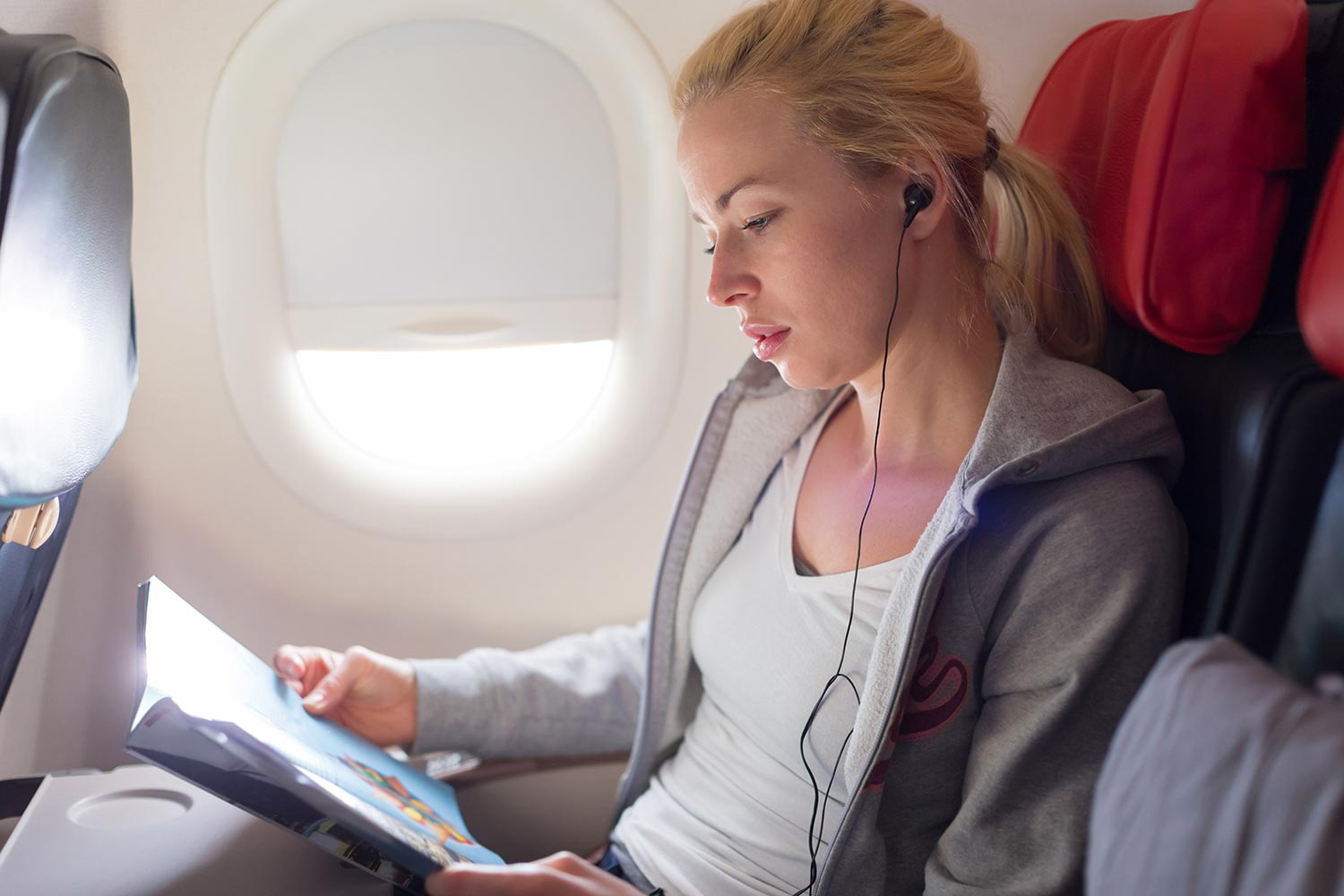Passport: Tick! Luggage: Tick! Toothbrush: Tick! In-flight leg exercises: …?
We normally take copious care in all the details of booking our holidays and far flung adventures, but have you given any thought to the health of your veins during your flight? We’ve put together this quick Q&A about deep vein thrombosis and what you can do to help avoid DVT during long-haul travel.
What is Deep Vein Thrombosis (DVT)?
DVT occurs when a thrombus, or blood clot, develops in the veins deep in the leg. DVT can also occur in the arms, pelvis or abdomen. If a blood clot develops there may be chronic pain, swelling, and skin changes in the affected limb. The presence of deep vein thrombosis in the thigh carries a risk of pulmonary embolism, where the clot dislodges and finds its way to pulmonary arteries in the lungs. Pulmonary embolism can be life threatening, so it’s important to take DVT seriously and take precautions.
What are the risk factors for DVT?
Several risk factors need to be present for a DVT to develop. Risk factors may include: reduced mobility, long-distance travel, injuries, obesity, pregnancy, oral contraceptives, hormone replacement therapy, cancer or medical illness, and smoking.
How long is a long-haul flight?
Any flights longer than five hours. Long car, bus, or train travel can also increase risk of DVT.
What makes long-haul air travel a risk factor?
When we walk, our calf muscles contract which aids in pushing blood toward the heart and lungs. When we’re sitting still for long periods, on a long-haul flight for example, blood flow becomes sluggish and blood is more likely to clot. The Australian College of Phlebology suggests the “lower oxygen levels and humidity in an aeroplane cabin may further increase the risk of blood clots in the lower leg.”
What can travellers do to help prevent DVT on a long flight?
- Change the position of your body in your seat sporadically.
- Wear comfortable, loose-fitting clothes on the plane.
- Avoid drinking alcohol in-flight. Instead drink plenty of water or juice.
- Do stretches/exercises for few minutes every hour to get blood moving in your legs.
- Walk up and down the aisle a couple of times when permitted.
- Wear compression stockings.
Check with your doctor
If you believe you may have some of the risk factors for DVT, consult your GP before planning a long-haul flight.







